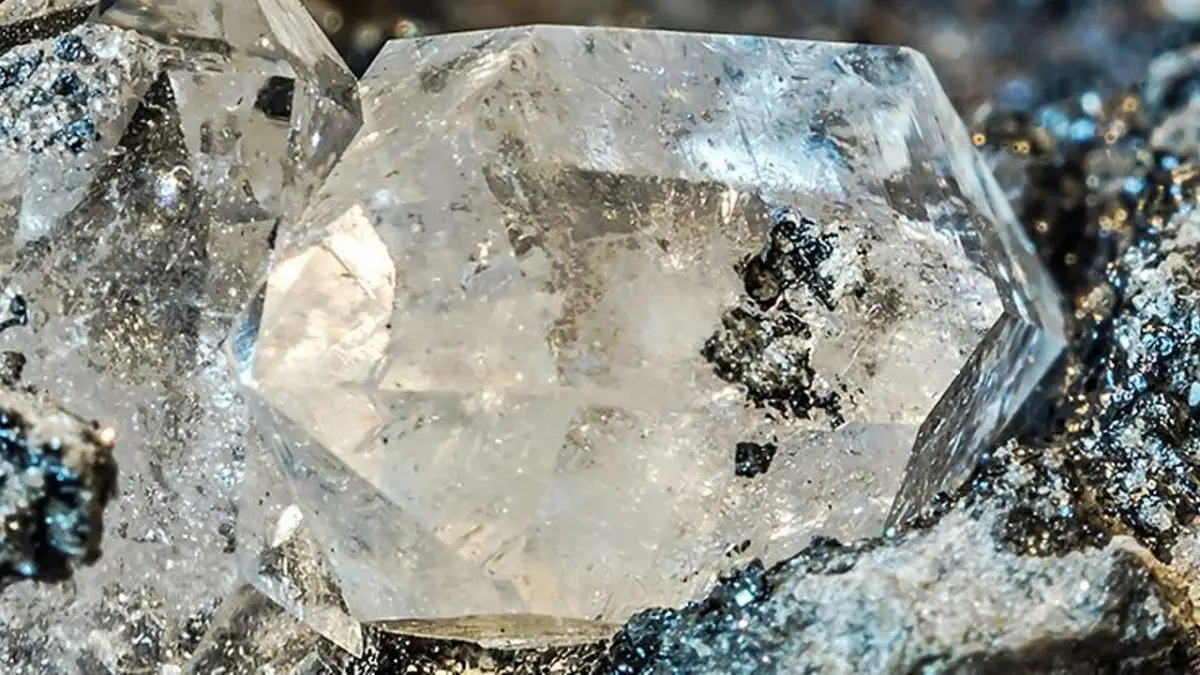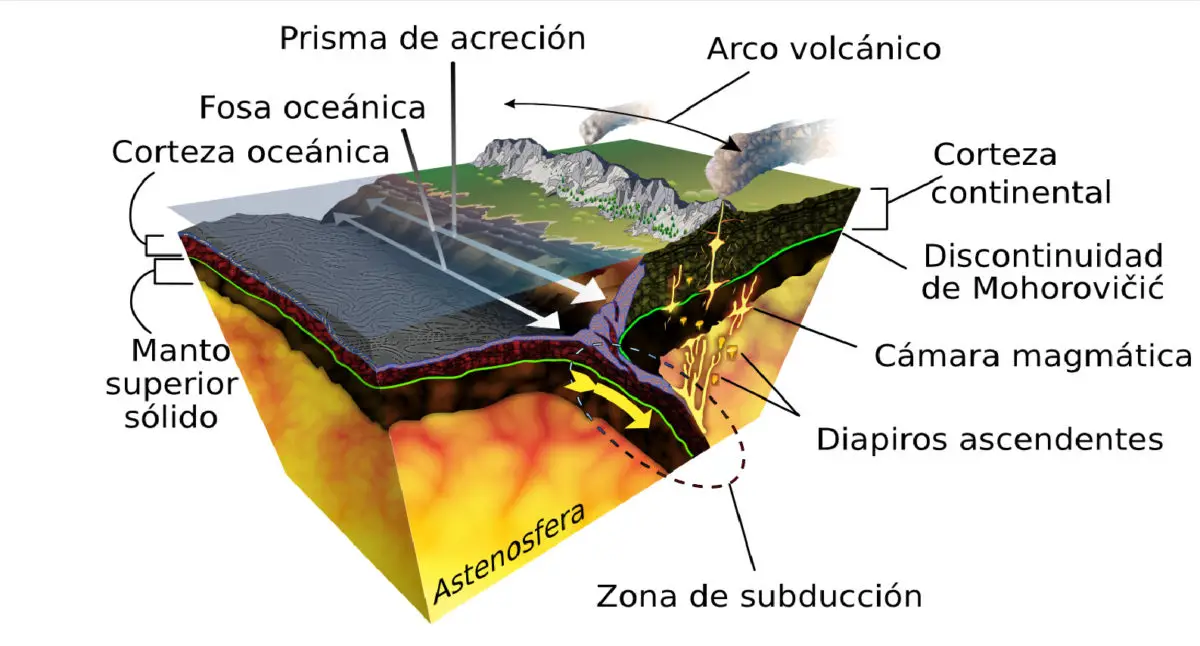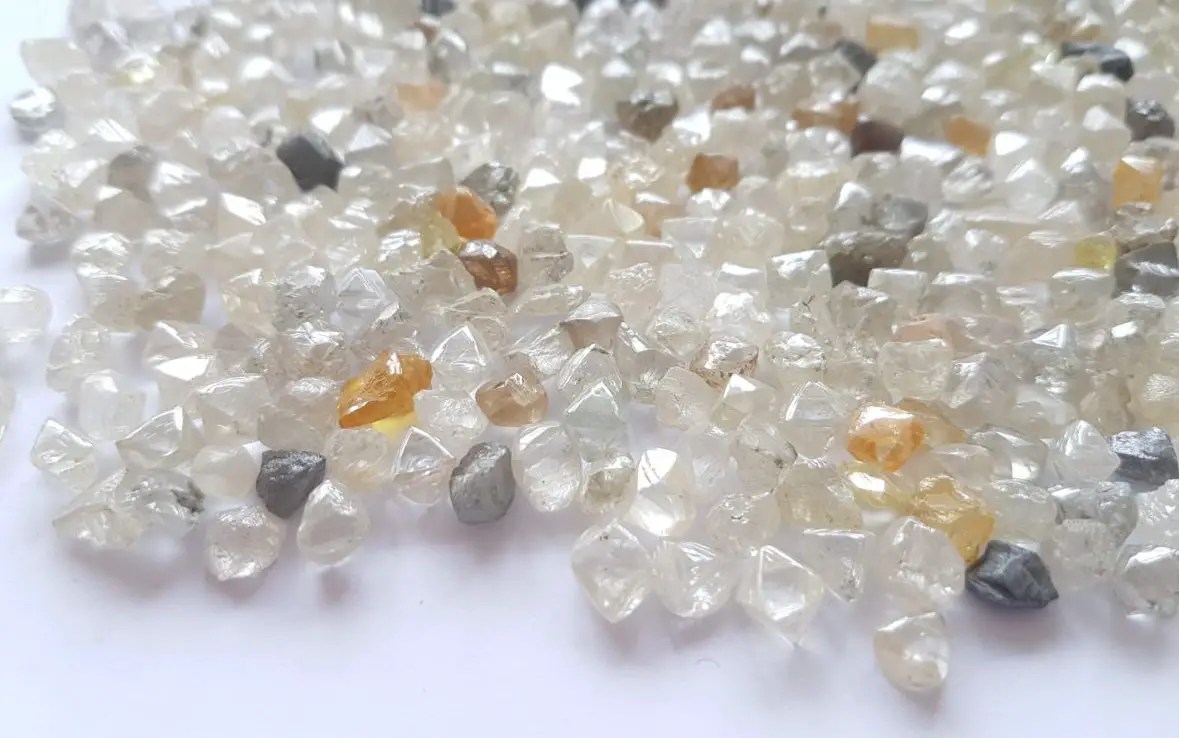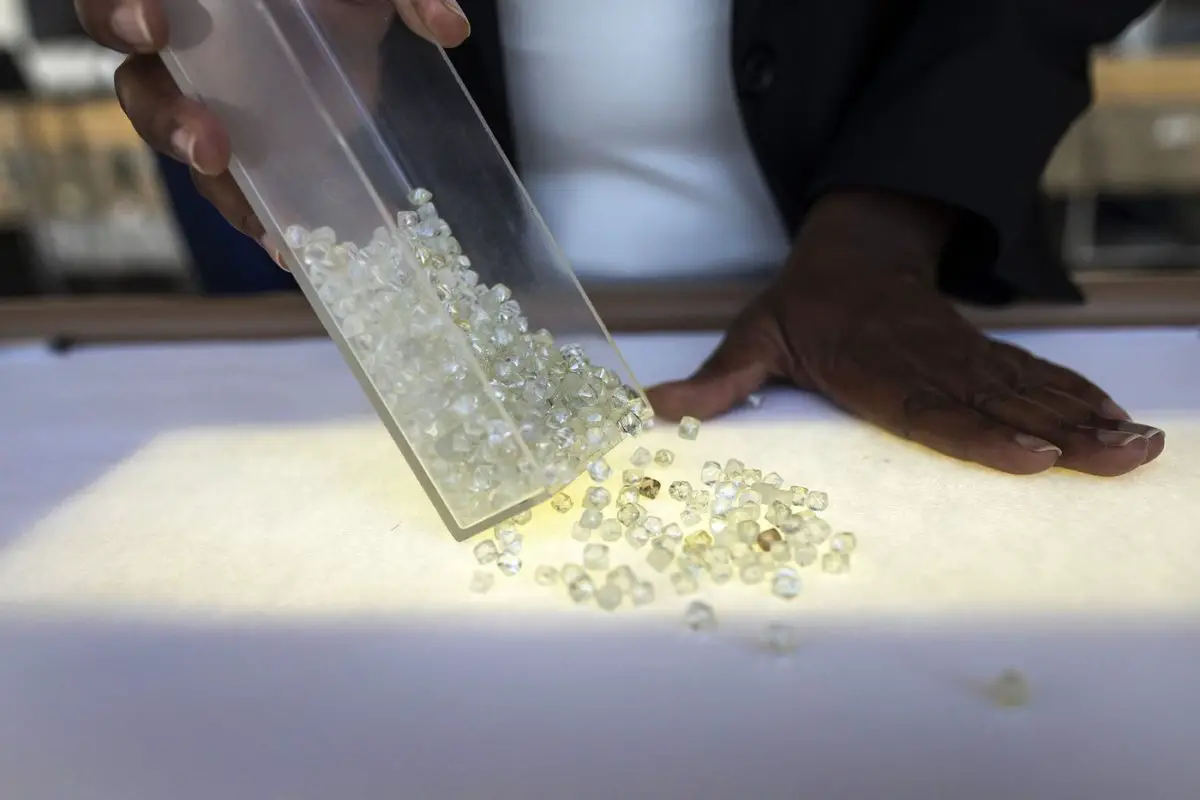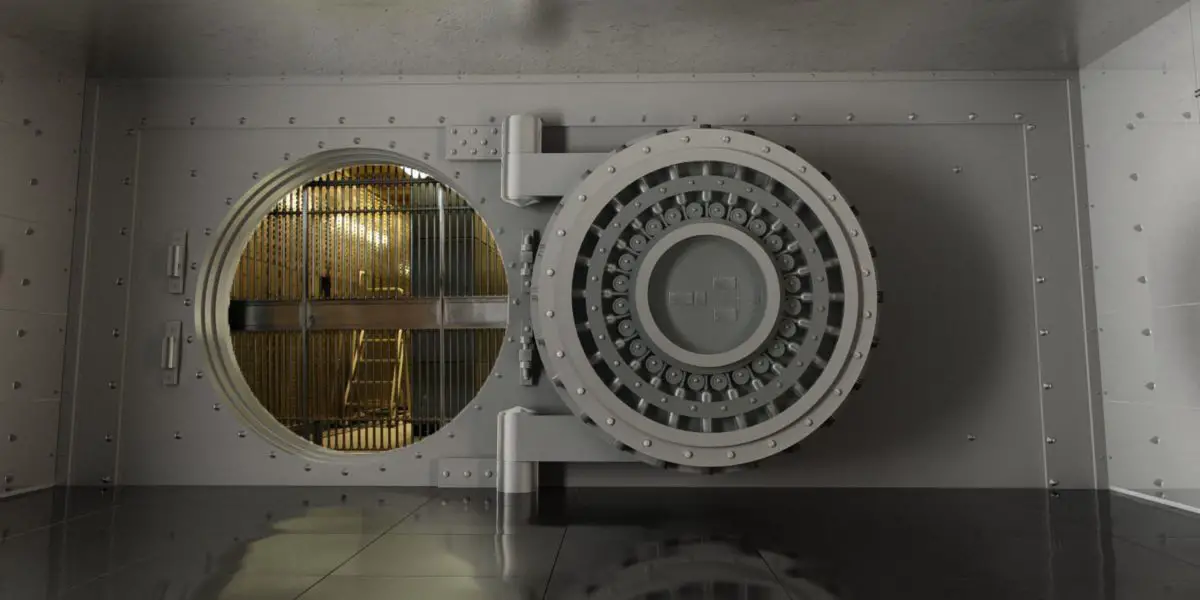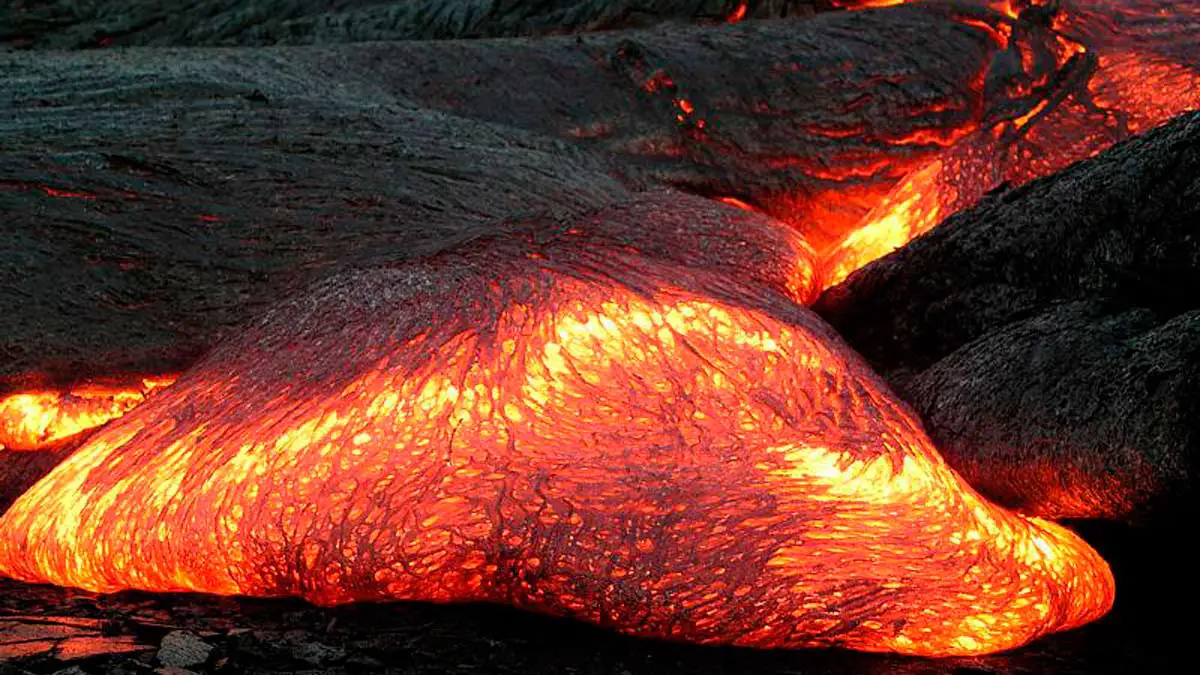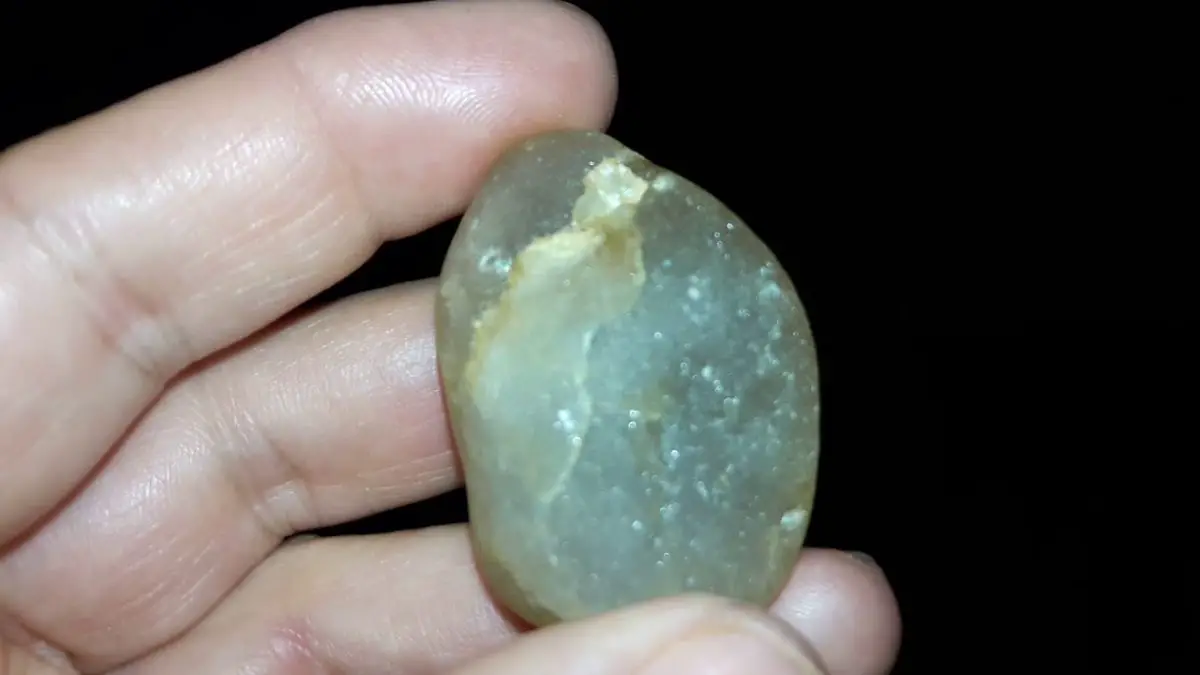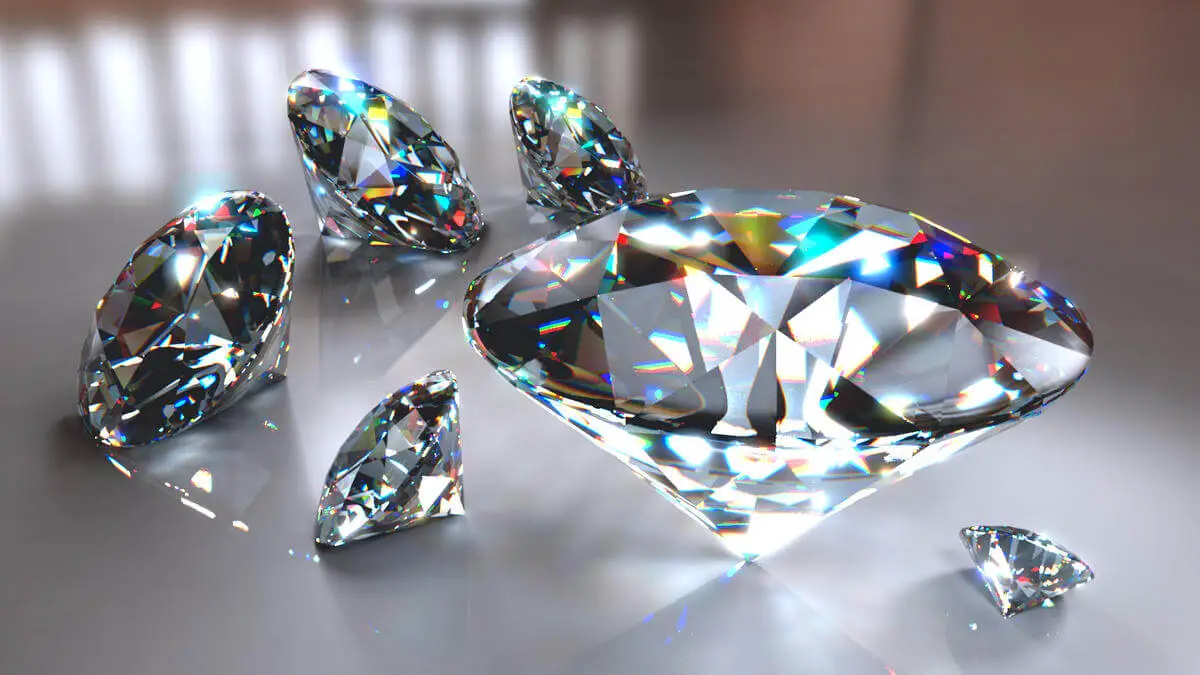Sea diamonds, precious stones that, for thousands of years, have been formed at the bottom of the oceans; a source of enchantment for all mankind for their great beauty and for being considered as very rare jewels. Gems that have been identified as the tears of the gods or pieces of stars fallen from the sky; but always considered as a symbol of strength, wealth and glamour. We invite you to get to know them by reading this article, don’t miss it.
Indice De Contenido
Diamond Introduction
Nothing compares to the beauty of a diamond, a precious stone that is also extremely hard and whose value is generally incalculable. They have always been associated with the power and wealth of civilisations.
They have been used as part of the regalia of great kings and as decoration in many objects representing the most powerful empires in the world.
A diamond is basically pure carbon that crystallises, but is also considered the hardest of all bodies; colourless when seen, but endowed with great brilliance when cut. It is used to cut glass, but it is also used in the manufacture of many other industrial tools for drilling, polishing or grinding.
On its own, once polished, the diamond is a jewel in itself, coveted by many people and which can reach a high value on the world commercial market, depending on its originality and size.
In this opportunity we will get to know this wonderful stone that can be found inside the oceans and is known under the name of Marine Diamonds; the natural jewels of the depths that are part of another of the great curiosities of our planet.
Theory of their oceanic origin
Studies of diamonds have shown that they are carbon crystals that generally form beneath the Earth’s crust, specifically in some fairly ancient parts of the mantle.
They can reach the surface as a result of some volcanic eruptions, through what is known as magna and identified as kimberlite.
But those considered gem diamonds are usually formed from pure carbon, some called fibrous diamonds, which are opaque and generally less attractive to jewellers. But when cut, they can be used in industry to make drill bits.
A study published in the journal Science Advances found that most diamonds come from the seabed, buried about 200 kilometres below the ocean floor. This conclusion was based on the fact that seawater reacts at the level of the seabed in such a way that the balance of salts present in the diamond can be achieved.
This is a theory that has been around for some years, considering that diamonds are formed when oceanic plates are crushed beneath continental plates, a process that occurs in areas known as tectonic subduction zones.
The whole process causes minerals from the seafloor to sink hundreds of kilometres into the Earth’s mantle, where they crystallise slowly and gradually, exposed to high temperatures and pressures.
An example of this theory is the rare blue diamonds, which are very expensive because of their striking beauty, making them difficult to study.
The oceanic origin of diamonds has been studied and researched by geoscientists at Macquarie University in Sydney and Johannes Gutenberg University in Germany, among others.
They used the more common fibrous diamonds in their studies and observed deposits of saline sediments. These diamonds are not used by many jewellers because of the presence of salt, potassium and other minerals, but they are very important for scientific studies.
It is precisely these impurities that make it possible to determine their subterranean origin. To this end, the entire process that a diamond can undergo on the seabed has been reconstructed until it reaches its final form.
The conclusion was that their growth was driven by the recycling of marine sediments, as had been thought, in areas considered to be oceanic subduction, i.e. the sinking of one lithospheric plate under the edge of another, specifically at a convergent boundary.
The seafloor then slides into the deep mantle, the Earth’s inner layer, and is exposed to the shock forces that create the perfect conditions for marine diamonds to form in all their glory.
Why should the seabed be able to turn diamonds?
We have learned about the theory that diamonds can form on the seabed, and based on the conclusions reached with this theory, a fundamental ingredient in the formation of this mineral has been discovered.
It is the impurities found in fibrous diamonds that have made it possible to prove that these precious gems can be formed on the seabed, making it possible for the entire seabed to be full of them over the course of thousands of years.
Scientists show that these contaminants contain tiny time capsules, providing evidence that they are part of the sediments that were present in the ancient oceans. However, this is not considered to be the final piece of evidence, as studies on the subject continue today.
It should be noted that diamonds are generally formed at a depth of almost 160 kilometres below the Earth’s surface, where they crystallise and form cratonic roots, which are part of the ancient mantle and of a fundamental rigidity due to the underpinning processes of the formation of the later continents.
There is still a lot of research to be done, as the maximum depth reached by drilling is thought to be 12.2 kilometres, which means that no direct studies have yet been carried out to be completely sure of what is happening at these extreme depths.
The diamonds we enjoy today are the result of rare volcanic eruptions, as they come up from the depths along with the hot magma in the form of molten rock; however, the basic principle by which they are formed is a mystery, although it reveals much about our knowledge of the Earth.
For this reason, the information provided by studies of fibrous diamonds is very interesting, as they are not known to exist in the depths of the Earth, but have been associated with the seabed.
An example of the presence of diamonds on the seabed is the case of Beers, a company based in Johannesburg, South Africa, that mines, cuts and trades in diamonds. With a valuable cargo of these gems on the seabed of the Atlantic Ocean.
They work with an underwater tractor powered by the mining vessel Mafuta. This huge tractor is lowered onto a platform and begins to suck up the seabed, fitted with a tube through which the gravel from the seabed and the diamonds pass.
This exploration is carried out to a depth of about 150 metres off the coast of Namibia. After a day’s work, they end up with a detailed table of the carats produced and the amount of diamonds recovered.
Their work is carried out under the strictest safety regulations, particularly with regard to the potential value of the type of mineral they are extracting from the seabed. Everything is already an automated process where they know in advance the areas where it is possible to obtain the greatest quantity of these gems.
They have machines that place the diamonds in bar-coded tins that are sealed without the need for human touch. They also have vibrating frames and drums that rotate to crush the sediment into small stones. Finally, the diamonds are transported by helicopter to the mainland, where they are stored in secure vaults.
How are marine diamonds formed?
There is no certainty about the formation of marine diamonds, but experiments have recreated the possible conditions in the Earth’s interior and established that they are the product of ancient seabeds.
Scientists therefore believe that these diamonds are formed at the bottom of the oceans as part of their recycling process. Michael Forster, a researcher from Mcquarie University, said in a statement:
“Our research has shown that they come from marine sediments.”
On the other hand, he concluded: “We knew there must have been some kind of salty liquid while the diamonds were growing, and now we have confirmed that the marine sediment is a perfect match.
All this gives an idea of the environment in which marine diamonds are formed, which is known to contain sodium, potassium and some other minerals.
Among other information obtained from their experiments, they have found that the minerals resulting from their tests are the same ingredients that are present in the formation of kimberlite magmas, precisely those that transport diamonds to the Earth’s surface during volcanic eruptions.
However, scientists believe that in order for marine diamonds to form, a large part of the seafloor would have to slide away from the Earth’s surface to a depth of at least 200 kilometres, and do so rapidly, triggering a process known as subduction.
This is basically the subduction of a plate in the oceanic region under another plate on a convergent edge, causing a collision where two tectonic forces come into play, similar to earthquakes but on a larger scale.
According to the researchers, this collision has to happen quickly so that the sediment can be compressed under high atmospheric pressure, causing it to melt, as if it were exposed to temperatures above 800 degrees Celsius, which is how magma melts.
As you can see, for many years oil was considered to be the most valuable material to be found under the sea, but with all that we know about marine diamonds, this idea is changing as we begin to find these beautiful and valuable gems on the ocean floor.
It is an activity pursued by diamond producers around the world, such as the Beers Company, which pursues this type of Namibian ore, which is washed down the Orange River from South Africa and deposited on the seabed over millions of years.
The production of such diamonds is thought to have few flaws, as long as they are fragmented from larger stones on their journey to the seabed.
Many of us would love to find one of these diamonds while swimming on the beach, but as we have seen, those that have been found have been part of the seabed at a depth of more than 150 metres; so if one were to reach us, it would be by chance.
If the content of this article has allowed you to know what marine diamonds are, we invite you to read the following suggested topics.
- Lake Patzcuaro
- Lake Lleu Lleu
- Gallocanta Lagoon
- Chapultepec Lakes

